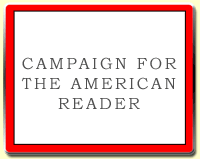 Danny Fingeroth is an American comic book writer and editor. His latest book is The Rough Guide to Graphic Novels.
Danny Fingeroth is an American comic book writer and editor. His latest book is The Rough Guide to Graphic Novels.For the Guardian, he selected his top ten graphic novels. Fingeroth's criteria, and Number One on his list:
"[F]or my top 10, I decided to take the crème de la crème, the graphic novels that I most enjoyed. These are graphic novels, some famous, some less well-known, that do what all great literature does, in that they give you such a pleasurable experience while reading that you're simultaneously eager to uncover the ending, yet also dreading it, knowing that the experience will then be over."Read about the other nine titles on Fingeroth's list.
** *
Maus by Art Spiegelman
If producing a serious, straightforward narrative about the Holocaust is difficult, Spiegelman's tactic – interpreting genocide through the medium of a comic strip populated by cats, mice and dogs – might appear to make it almost impossible. Yet while Maus probably sounded like an absurd proposition in 1973, when its first chapter appeared, it has proved perhaps to be the definitive literary graphic novel, garlanded with a Pulitzer prize and enough critical praise to cement its place in any canon of memoirs.
--Marshal Zeringue



























